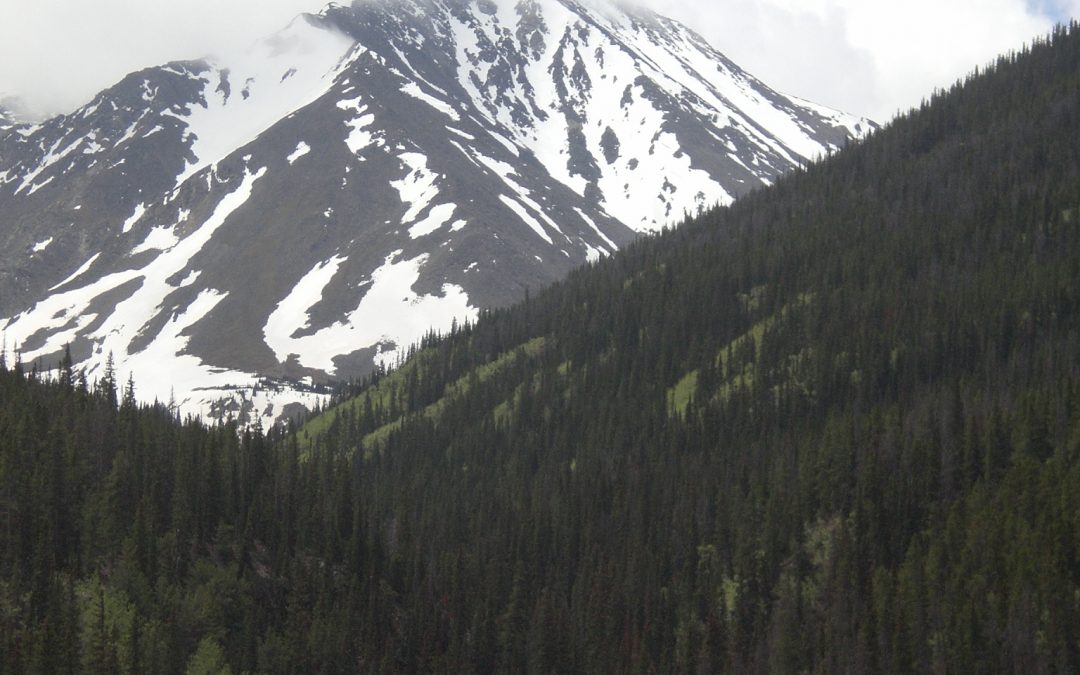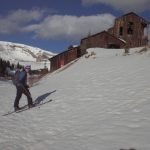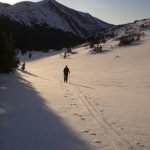Soaring 14,275 feet above sea level, Torreys Peak is a classic Colorado 14er. Less than 50 miles up I-70 from Denver, Torreys is Denver’s local extreme ski hill. In the summer months thousands hike the relatively easy trail to tick a 14er off their list. The more adventurous will challenge themselves by climbing Kelso Ridge, a fun 3th class scramble to Torreys summit. By all measures Torreys Peak is a charming peak, however when the snow flies, Torreys becomes a different beast entirely.
In the dead of winter access to Torreys can be tough, there is no winter maintenance on the road to the summer trailheads. Slogging into Torreys in the winter from I-70 will be a trek in and of itself. Furthermore, the avalanche conditions on the major couloirs are dangerous in winter and require a very high level of avalanche experience to safely navigate. It is best to save Torreys ski descents until the road is passable and the couloirs begin to stabilize.
What makes Torreys unique is there is not only one classic line on it but three. On the east face is the Dead Dog couloir. The northwest face is home to the Tuning Fork and the north face hosts Emperor. Each of these routes are classic and considered “extreme” skiing.
Dead Dog Couloir – Despite the stiff rating of D12, Dead Dog is probably the most popular descent on Torreys Peak. Dead Dog is a very striking line that can be skied from the summit. It is a very well known route and can be a circus in the spring. The steep walls of the couloir shed rock when the temperature starts to rise. For that reason and the potential for crowds, it is best to get on this line midweek or just get an early start. If you are into ski mountaineering, Dead Dog is a “must do”.
https://www.14ers.com/route.php?route=torr7&peak=Grays+Peak+and+Torreys+Peak

The Tuning Fork – This route is considered the longest continuous snow climb on a 14er in Colorado at 3,000 feet in length. It is a monster to climb. Of the three major snow routes on Torrey’s, the Tuning Fork is the easiest with a rating of D8. This route is probably the safest route as well. Unlike Dead Dog and Emperor, it is hard to ski this route from the summit, the northwest face is blasted by the winds and the final 200 feet of the route tend to be wind scoured and unskiable. After a climb and ski of this route all others will feel easy in terms of cardio.
https://www.14ers.com/route.php?route=torr9&peak=Grays+Peak+and+Torreys+Peak
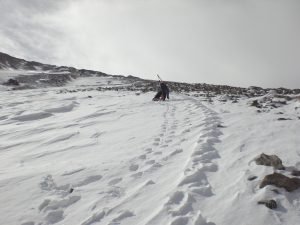
Emperor – The north face of Torreys peak is not inviting. Visible from I-70, this face almost looks unskiable. However, Emperor is easier than Dead Dog at a rating of D11; and once you are in the gut of the couloir it feels manageable. Emperor is the least popular ski descent on Torreys. First, it just looks scary and second dropping in off the summit is a true no fall zone. The summit section is icy and steep, this section is a traverse skier’s left to access the entrance of the main couloir. The icy traverse is situated above couloirs that close out, falling into one of those would mean a probable death. Skiing with a Whippet ski pole is generally a good idea, on Emperor it is a really good idea.
https://www.14ers.com/route.php?route=torr10&peak=Grays+Peak+and+Torreys+Peak
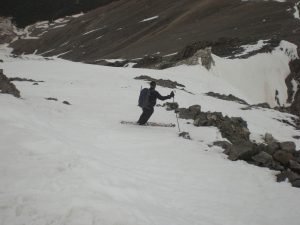
In addition to Torreys Peak, Denver has a great selection of backcountry skiing right in it’s backyard. For more information about ski routes near Denver checkout:
